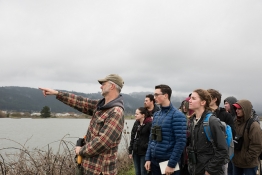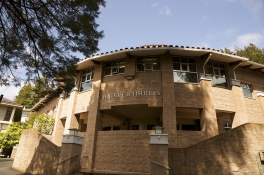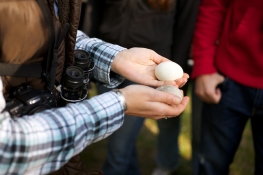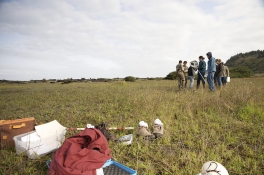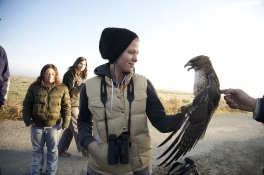Response Procedures
Recovery and transport
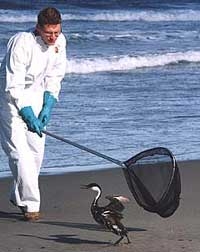
Trained personnel fan out into oiled and adjacent areas to search for and collect affected animals. Searching may be done by foot, ATV, automobile, or boat. In 1997 an air boat was used on Humboldt Bay to navigate the mudflats during recovery operations.
Affected birds are wrapped in towels and put in pet carriers. The location and time they were picked up are recorded. The birds are transported back to the facility. Mammals are taken to the North Coast Marine Mammal Center in Crescent City.
Intake
When the birds arrive at the center, they are logged in, weighed and photographed, and an identification band is placed on one leg. A veterinarian examines each bird assessing its degree of oiling and overall health and takes a blood sample.
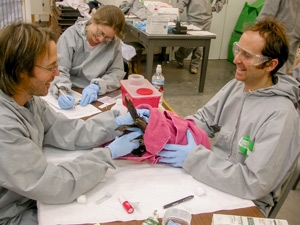
Stabilization
Washing is very stressful for the birds, so birds must be deemed stable before they will be approved for washing. Birds are transferred to the stabilization room where they are hydrated and fed multiple times a day. Blood is taken daily from each bird. Blood values provide important criteria that help determine if a bird is strong enough to survive the washing process
Washing
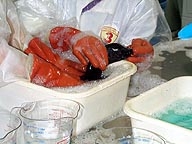
Once the birds are stable, they will be washed in warm water with dishwashing liquid. Water-piks, toothbrushes and Q-tips are used to clean the sensitive areas around the eyes and mouth. Thoroughly rinsing the soap from the feathers is critical because soap will interfere with the birds' waterproofing just as oil will. Once the birds are washed and rinsed, they are put in a drying pen, where the birds will preen their feathers back into place as they dry in a stream of warm air.
Pre-Release Conditioning
After the birds are dry, they are placed in outdoor pools. The birds will continue preening and aligning their feathers on their own. They will be monitored during their time in the pools to make sure they are clean and dry, waterproof, able to swim and dive, behaving normally, and able to feed themselves.
Release
Once the birds receive a clean bill of health from the veterinarians they are ready for release. If the area where the birds were captured is not contaminated, the birds will be released there, otherwise they will be released at the nearest, clean, appropriate location.

